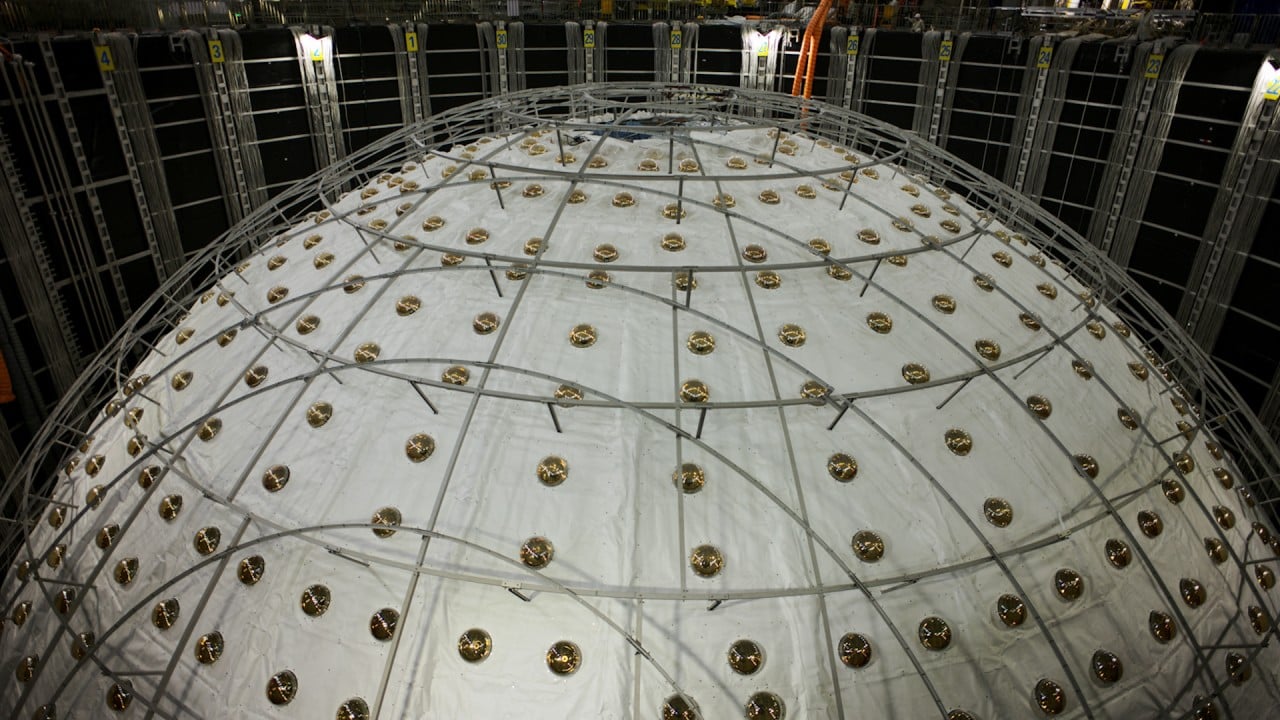About 50km (30 miles) north of Beijing’s city centre, construction is wrapping up on what is expected to be the world’s brightest X-ray light source, slated to switch on later this year to power research in fields ranging from materials science to biomedicine and physics.
The High Energy Photon Source (HEPS) will generate beams that are a trillion times brighter in terms of photon density than the surface of the sun, thanks to their extreme focus and precision. It is set to surpass similar facilities in Europe, Asia and the United States, according to the Chinese Academy of Sciences’ Institute of High Energy Physics, the facility’s lead developer.
“Once HEPS reaches its designed brightness, it will be capable of revealing the microscopic world in unprecedented detail,” Pan Weimin, project director at the institute, told China Science Daily on Thursday. “It offers a powerful tool to manipulate matter and observe its entire life cycle.”
The facility had begun light commissioning, marking the start of integrated system testing with real photon beams – a phase crucial for fine-tuning the machine before trial operations begin, Pan said.
Since the 1970s, more than 70 light sources have been built around the world to help scientists see deep inside matter – from decoding virus structures to developing advanced aerospace materials, batteries and semiconductors.
These massive facilities work by accelerating electrons to near the speed of light and steering them with powerful magnets. As the electrons change direction, they emit high-energy light particles, which researchers use to probe the atomic and molecular structure of materials.

02:49
Underground lab in China aims to solve one of biggest mysteries in particle physics
Underground lab in China aims to solve one of biggest mysteries in particle physics

 By South China Morning Post | Created at 2025-03-31 02:21:20 | Updated at 2025-04-01 20:48:13
1 day ago
By South China Morning Post | Created at 2025-03-31 02:21:20 | Updated at 2025-04-01 20:48:13
1 day ago








